What I’ve learned (and accidentally eaten) during my first year as a vegan
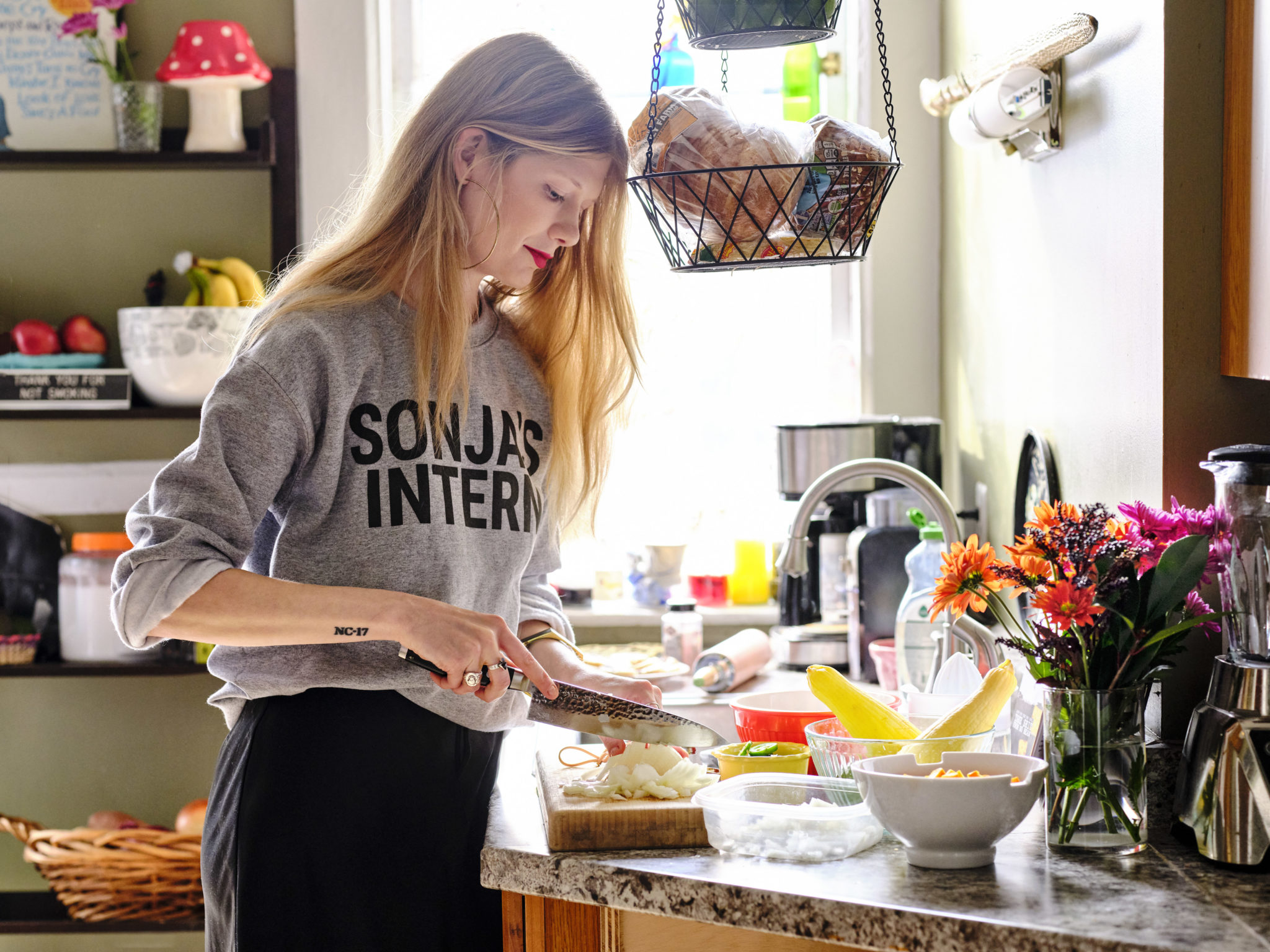
Photos by Joe Vaughn.
For most of my life, I have longed to be a vegan.
I had also dreamed of becoming a ballerina and/or a billionaire rockstar, but for some reason being a vegan has always seemed equally out of reach because, well, cheeeeeeese.
I realize it’s a strange thing to want for yourself, but when I was about 10 years old, whilst surfing the ol’ dial-up world wide web of yesteryear with literally zero adult supervision (that’s between me and my therapist) I stumbled upon animal rights campaigns complete with graphic photos and videos revealing that the contents of my beloved McDonald’s Happy Meals were, um… not so happy.
Though I attempted vegetarianism several times from that moment on, I was always lured back by the convenience, affordability, and — let’s be real — the taste of carnivorous eating.
Fast forward to 2021, when a recipe for “the best vegan macaroni and cheese you will ever eat” came across my Instagram feed. Until then I had largely sustained my husband’s and my life solely on a rotation of rice bowls, fatty comfort food, and pasta — as in multiple-times-a-week pasta — plus takeout. Honestly, I’m not sure a dark leafy green had even entered my home until last year. Brave.
The recipe called for ingredients I did not have readily on hand, like raw cashews and nutritional yeast (aka “nooch”), but once I stocked up on supplies and navigated the process of soaking cashews and using my blender, which had seen little to no action for months (I also dreamed of being a smoothie girl, too), I could attest to the recipe’s claims: It was pretty damn good.
One recipe became two, two became four plus dessert, and before I knew it vegan dinners began to invade our weekly routine several days a week.
At this point I enlisted the guidance of my best friend, a longtime vegan, to help me navigate this new diet. I stocked up on some cult-favorite vegan cookbooks and had the talk with my non-vegan husband: “Honey, I’m ready to go plant-based.”
Gasp!
Almost a year to the day after whipping up “the best mac and cheese” I found myself at Althea, an upscale vegan restaurant in Chicago, sitting over some of the most beautiful plates of food I’ve ever been lucky enough to eat yet aspire to make myself one day.
Spending a year as a vegan, while no easy feat, is not nearly as daunting as it seems, so long as you’re willing to try new things, suspend disbelief, and heed a few tips and warnings I wish I would have been privy to before embarking on this journey.
Because it is a journey.
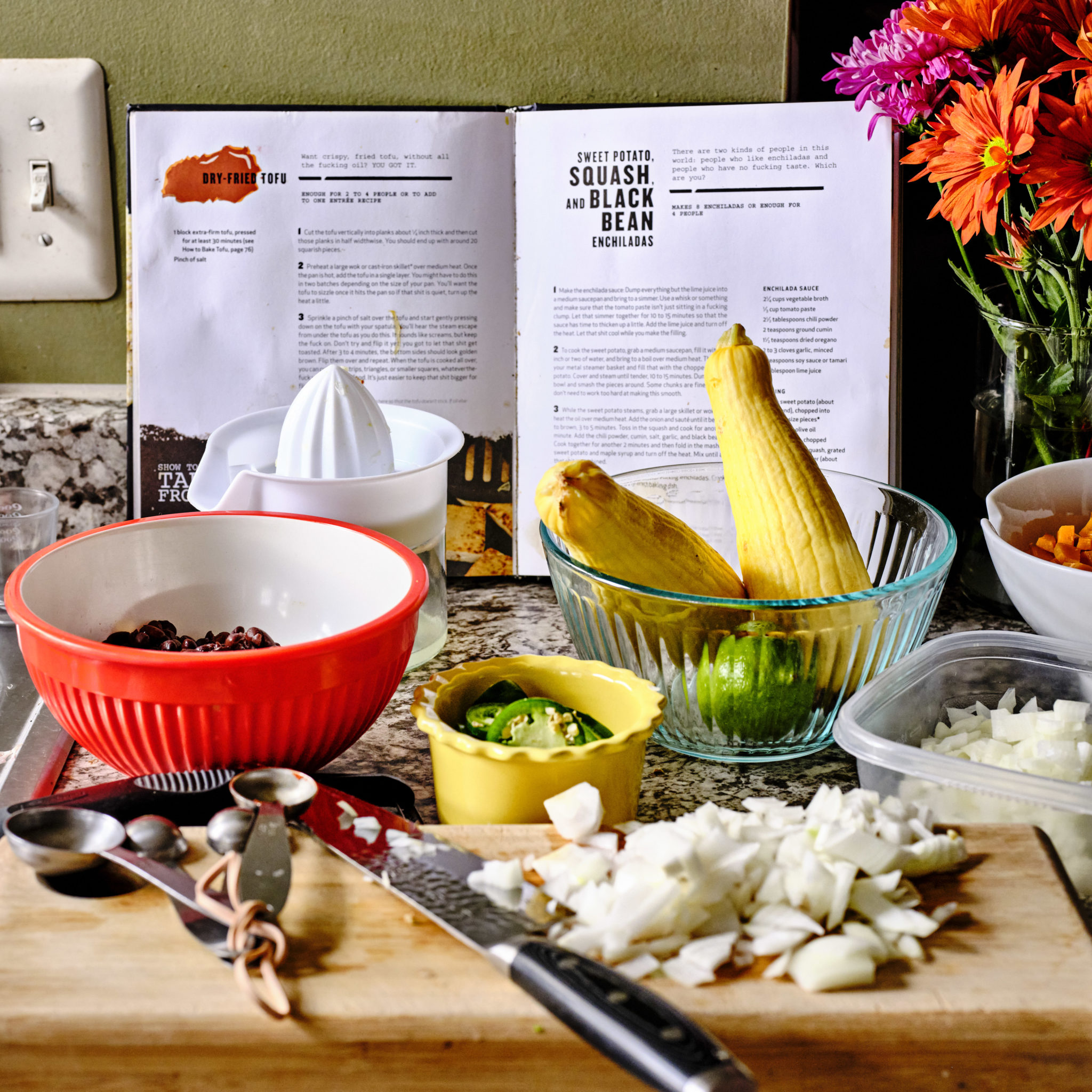
Get comfortable reading ingredients and nutrition labels
Just because a product at the grocery store looks like the packaging is recycled, says “organic,” or claims to be plant-based, it does not, in any way, mean that it is vegan. Take it from me, who, during my first year as a plant eater, made many assumptions.
For one, I thought ghee was vegan. It is not. It is clarified butter.
Did you know candy corn is not considered vegan due to the gelatin (I don’t need to tell you what gelatin is, do I?) and something innocently called “confectioner’s glaze” or “shellac.” Wanna know where that comes from? Also referred to as “beetle juice,” shellac comes from a weird secretion from one of the most disgusting bugs I have ever Google image searched.
Thankfully, those products that are certified vegan will say so (just look for the “certified vegan” logo), and labels have become increasingly easy to read so folks can locate allergens more quickly by saying things like “this product contains milk, eggs, and wheat” or, the more ambiguous, “this product may contain…” underneath the ingredient list.
Meanwhile, there are a lot of things that are “accidentally” vegan, like Oreos (save for the fudge-dipped varieties). Ritz Crackers? Sour Patch Kids? Spicy Sweet Chili-flavored Doritos? Fruit-by-the-Foot? All vegan. Thanks bio-engineered food stuff!
While these things are tasty, do not skip the produce section. With so many alternative meat options on the market and imitation snack foods, it is very easy to be an unhealthy vegan — because, yeah, Mountain Dew is also vegan.
Bonus Tip: Meal plan, meal plan, meal plan and meal friggin’ plan. I am ashamed to admit how much produce I was throwing out regularly in the beginning because I didn’t plan ahead of time. This is where being a vegan can be expensive because you’re throwing out produce only to rebuy it. Now, if I buy red cabbage for a stir-fry, I know to also make a coleslaw for my lentil Sloppy Joes later in the week, tossing the rest on top of some portobello chipotle tacos, as to avoid waste.
Know your protein, iron, and calcium sources (seriously!)
About four months into my journey into a plant-based lifestyle, I began to lose weight. Not like a pound or two, but closer to 10 or 15 pounds. While this may be a perk of a vegan diet for some, like my part-time vegan husband who has seen a major difference in his weight, energy levels, and cholesterol, it was, for me, a trigger.
I have battled anorexia nervosa for half of my life. I’ve been in recovery programs and have been in therapy regularly for over a decade in an effort to maintain a healthy weight and mindset. My weight dropped below what is safe for someone of my height, build, and eating disorder history, so I decided it was best to discuss these changes in diet with a nutritionist.
This is all to say that knowing how your plant-powered diet actually powers your beautiful skin suit is where all curious vegans should start. Plus, you’ll get to shut down nosey carnivores that snidely ask, “Where do you get your protein from?” Well, Barb, beans and legumes offer five to seven grams of protein per half cup, while four ounces of tempeh packs a whopping 20 to 22 grams. Missing those fishy omega 3s? Look no further than flaxseed. The more fruit and veggies you eat, the more likely you’ll meet your nutritional needs without much thought. But since I am a serial snacker (as well as a cereal snacker), I keep cheat sheets on my fridge with breakdowns of what foods contain potassium, calcium, iron, and protein, so I don’t backslide into unhealthy habits again. So far, so good!
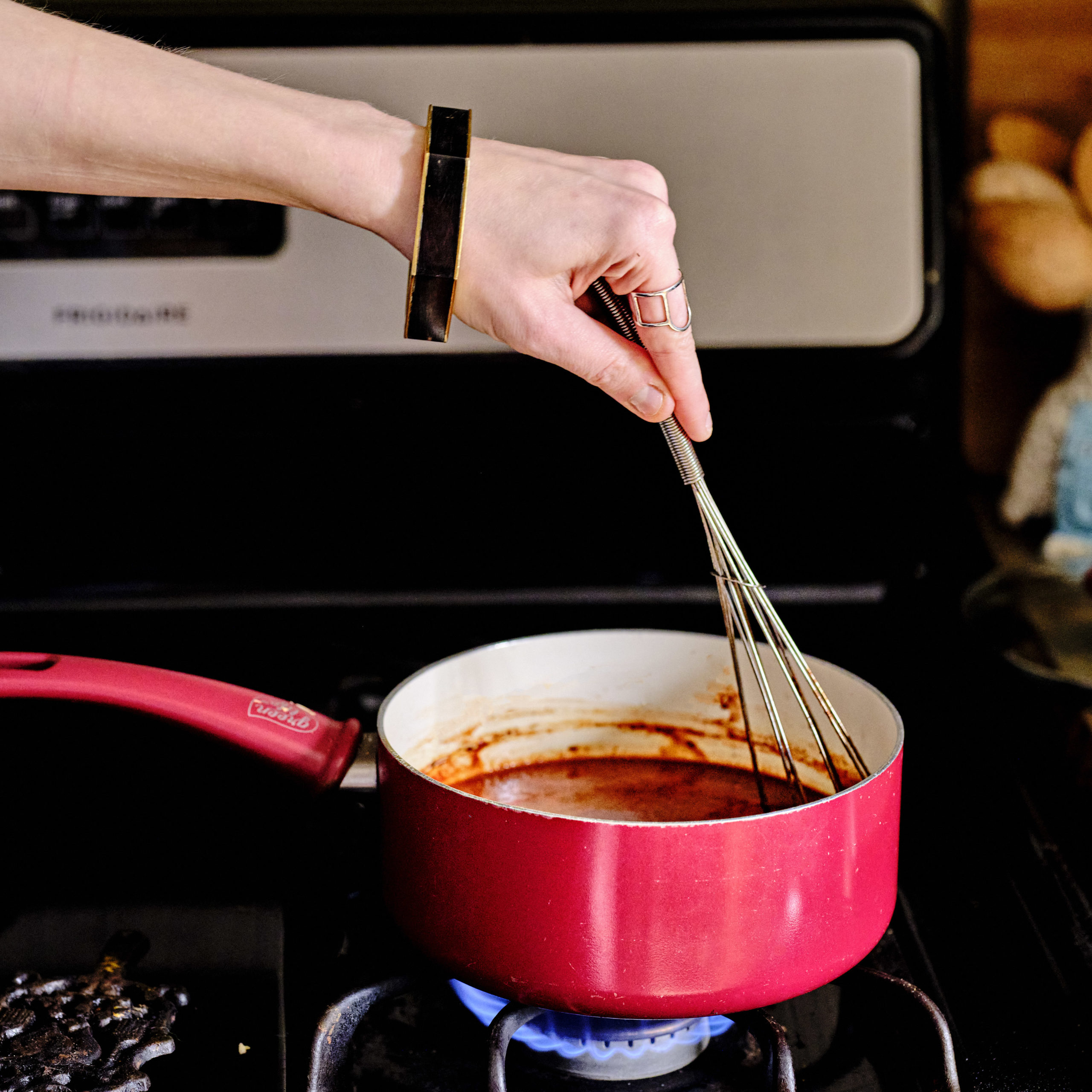
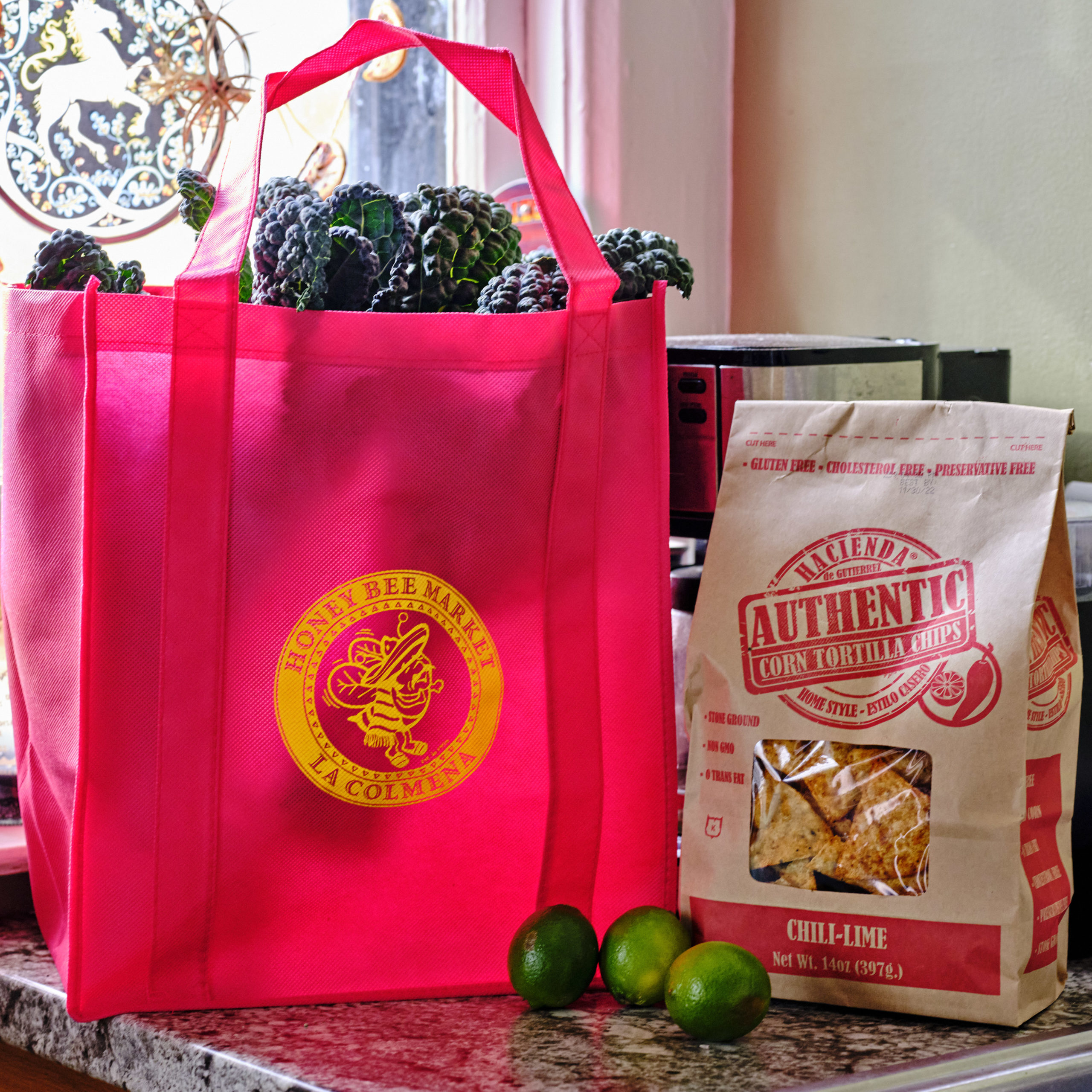
Know they cooking staples
It took me about six full months to have a firm grasp on what I need to keep my pantry stocked so I wouldn’t be stuck mid-recipe only to realize I don’t have maple syrup or agave, both of which are awesome and frequently used honey substitutes. You will quickly learn that raw nuts, especially walnuts (for meatiness) and cashews (for creaminess), as well as nutritional yeast (for cheesiness and serves up about 7 grams of protein per 2 tablespoons), dried lentils, canned chickpeas/beans, quinoa, coconut oil, dates and dried fruit, apple cider vinegar, flax meal (mix with water for an egg replacer/binder in baked goods), tahini or other nut butters are all things you will want on hand to make vegan cooking a breeze.
Bonus Tip: The kitchen is your classroom. I had my share of kitchen fails — and have photographic evidence to back it up — before I started making my own shiitake-filled dumplings with a sesame and black vinegar sauce or whipping up homemade hummus to snack on each week, not to mention my mouth-watering vegan scallops with creamed potatoes.
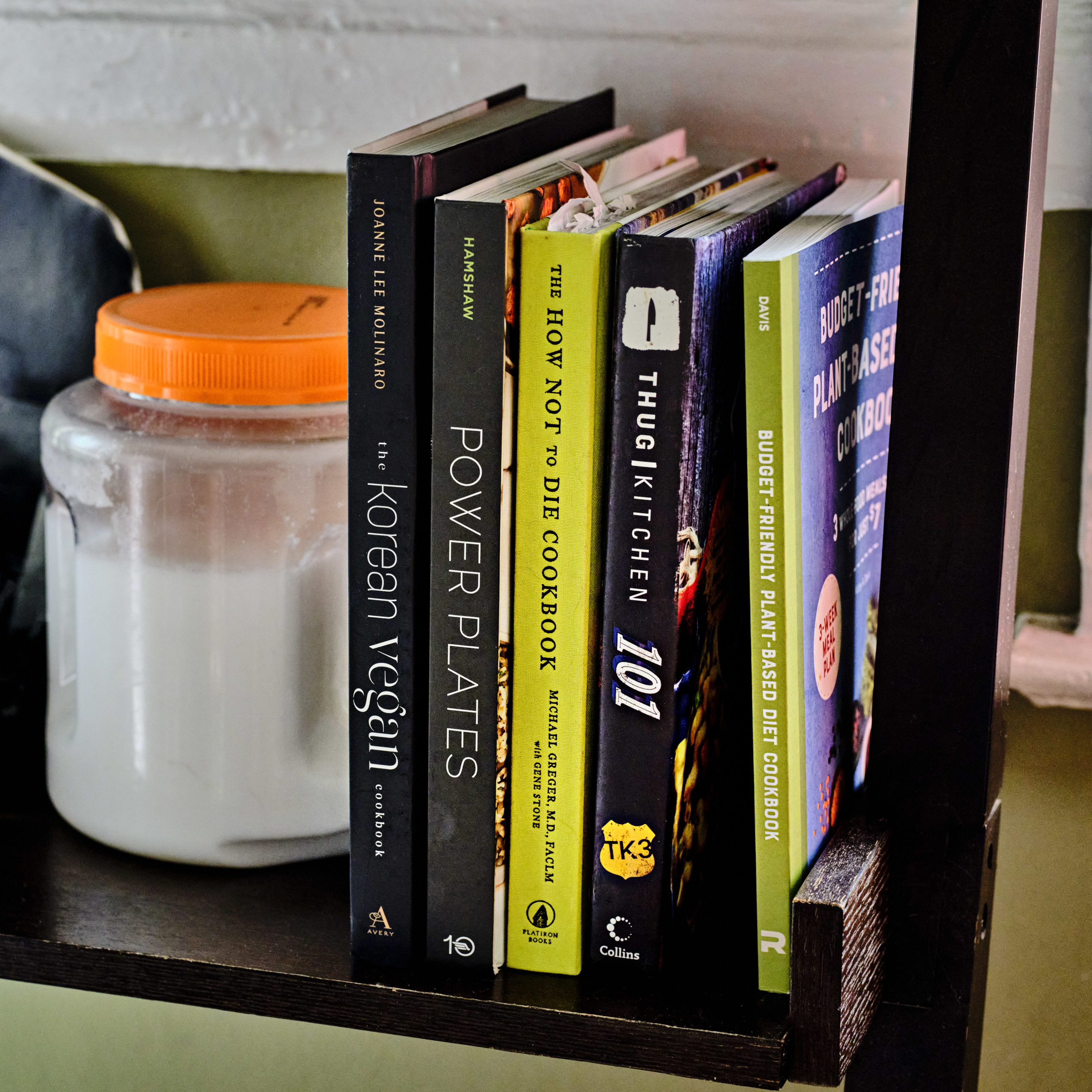
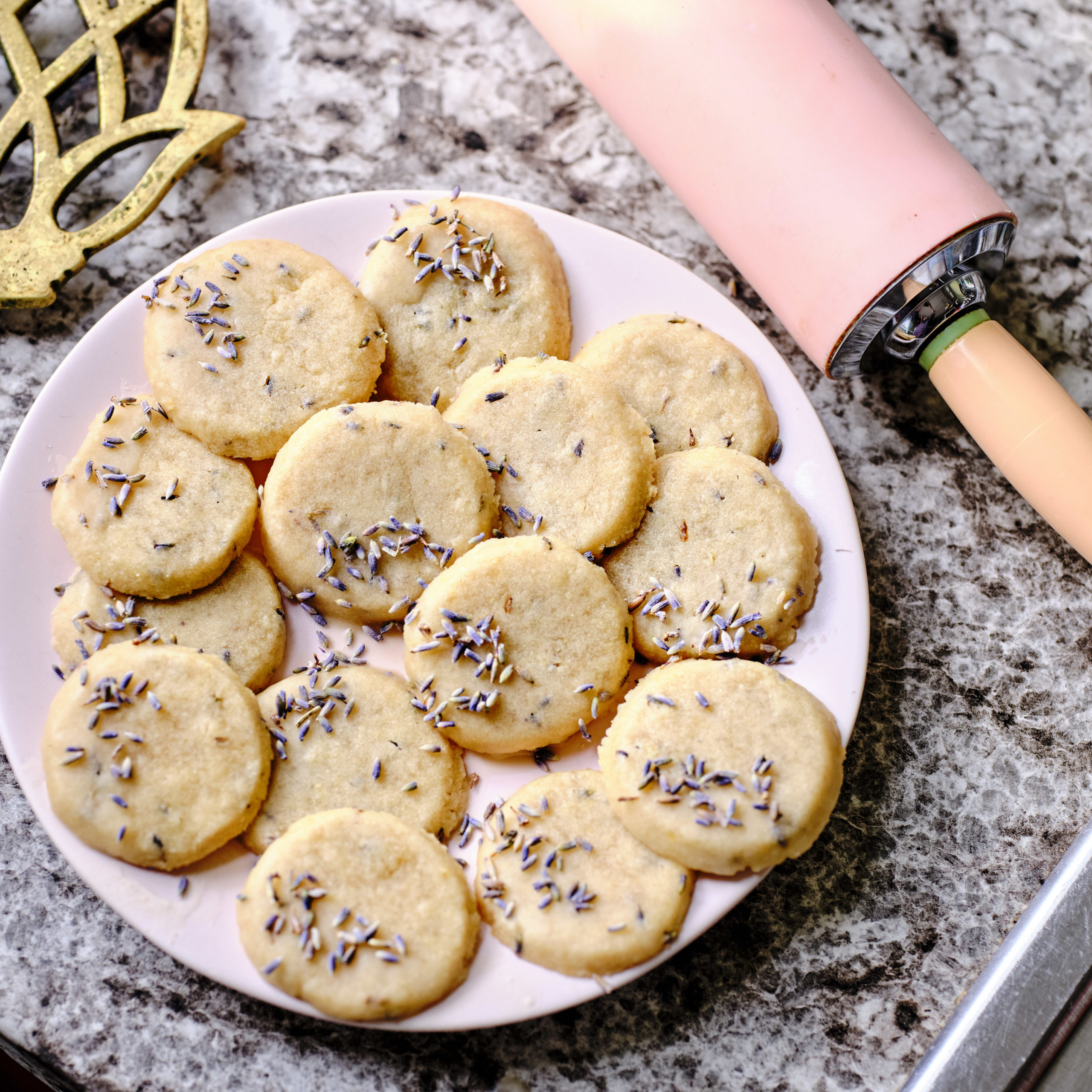
Make a vegan friend (but don’t make a friend vegan)
My best friend has been a vegan for over a decade, which means she was vegan before the Beyond Meat and Impossible Foods craze, which means she was out of luck at most dining establishments unless she wanted an iceberg lettuce salad and French fries. (Warning: Not all fries are created equal, as a lot of French fries are cooked in beef or animal fat … so there’s that.)
Throughout our long friendship, though, she never once tried to guilt me with sad statistics or try to sneak documentaries like Forks Over Knives into our girls’ nights. Trust me, it’s tempting to side-eye your friend’s triple beef patty, bacon-stacked, cheese-covered burger or to casually let your family know just how many turkeys die each year for Thanksgiving whilst at Thanksgiving. (It’s 48 million, by the way.)
Instead, introduce tasty vegan foods to friends or family and you’d be surprised at how everyone asks for seconds without asking “where’s the beef?” I also use my social media to share recipes or vegan restaurant hacks and my inbox is almost always filled with comments from fellow leaf-eaters or folks that want to experiment with meat- and dairy-free dishes. Since a vegan lifestyle typically requires passion and enthusiasm (and discipline), connecting with people who are like-minded creates a sense of community — an added benefit of plant-based eatin’.
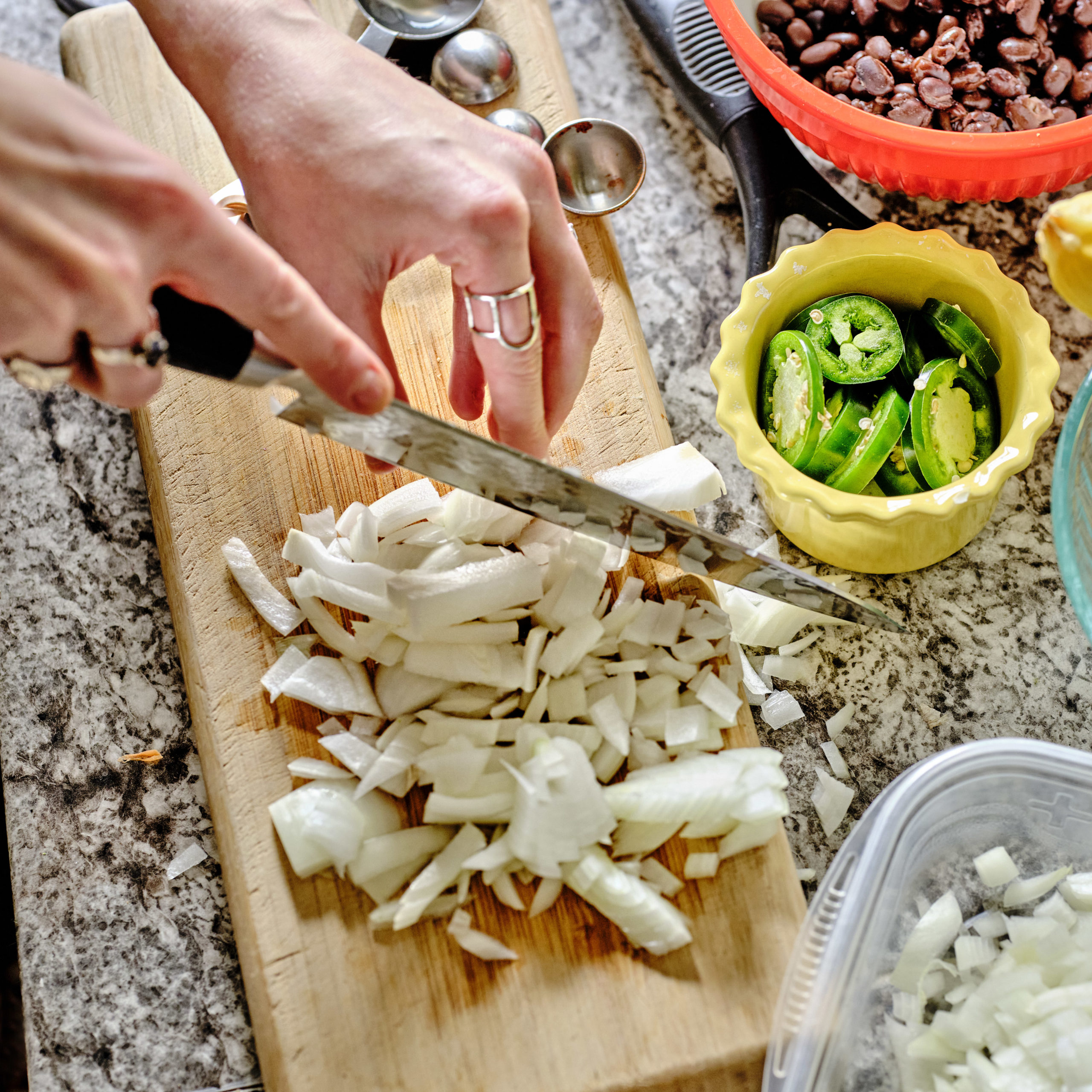
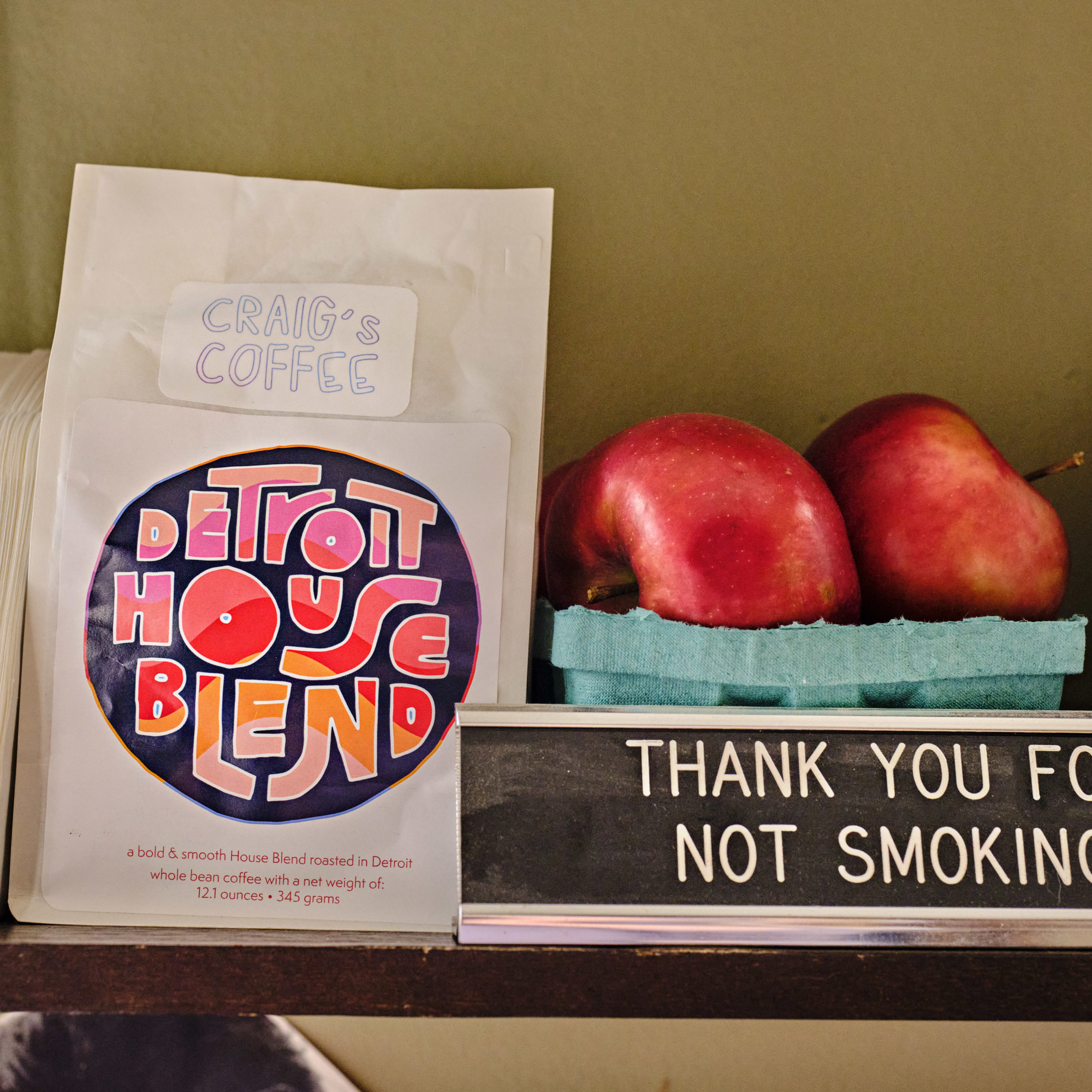
It’s not about perfection and it’s not all or nothing
Listen. People — despite what they may say — like labels. We all want to belong to a group or community or fit within a category. There’s a comfort in knowing we belong somewhere with other people who, like us, want to belong somewhere, too. But when it comes to veganism or, like, anything save for open heart surgery or piloting aircraft, it’s not about perfection. It’s easy to want to beat yourself up for biting into a Crunchwrap Supreme from Taco Bell after substituting beans for meat, omitting cheese and sour cream, and realizing way too late that what you just ate was still, in fact, beef-ish.
There is no such thing as a successful or unsuccessful vegan, in my opinion, because just being open enough to try a new plant-based product or to participate in meat-free Mondays like my once-stubborn in-laws have started doing is good enough. Thanks to celebs like Kim Kardashian and Drew Barrymore, the word “flexitarian” has become part of our dietary lexicon to describe someone who is mostly vegetarian, or meat-free, or vegan but sometimes eats meat or consumes dairy.
In other words, you can be as invested as you want to be, because even one plant-based meal can make an impact. Whether you’re like me and do it for the animals and our ailing Mother Earth (plant-based eating has been tied to water conservation, reducing greenhouse gas emissions, energy consumption, and air pollution, as well as preventing species extinction and stabilizing the ocean), or maybe you just want to feel better by eating cleaner. Or, hey, maybe you’re just curious about what all the fuss is about — there is no downside to giving it a try.
And who knows, if you’re like me, it might just stick.
— By Jerilyn Jordan




